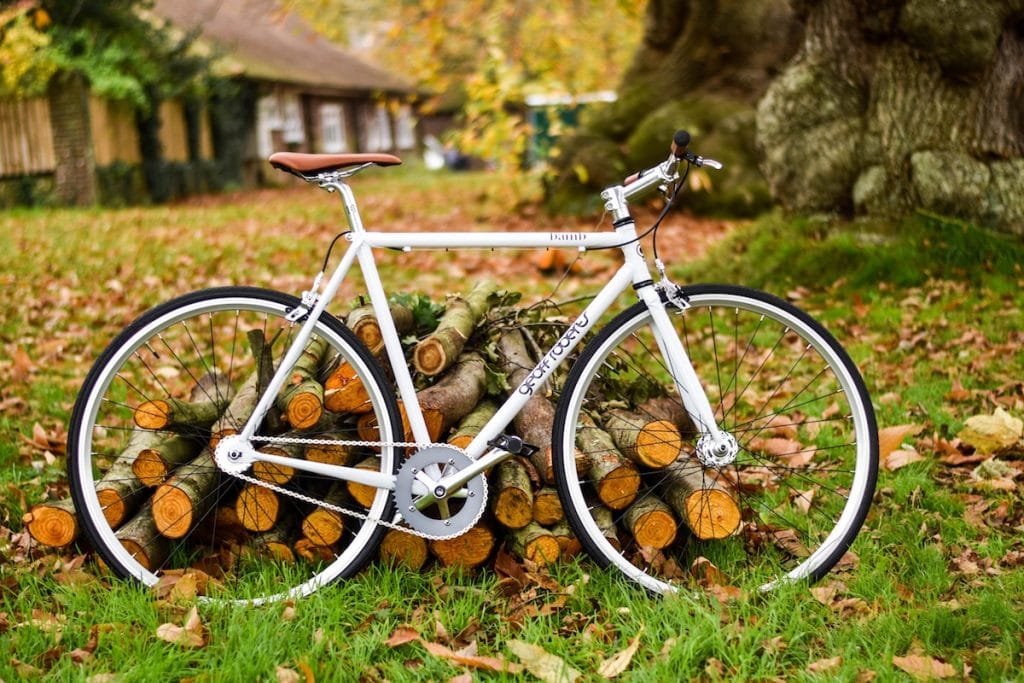
In Florida, we all look forward to the change of temperature, no matter how small or brief the break from heat and humidity may be. When the weather cools, many take the opportunity to enjoy the outdoors by riding bikes, hosting cookouts, walking and running or just sitting and enjoying the milder weather.
Of those activities, riding a bicycle has to be one of the most popular. If you decide to ride your bike (which is considered a vehicle and must follow the rules of the road), always remember to wear a helmet. Brain injuries are the number one killer and/or disabler of children in America. Helmets are 85% effective in protecting against brain injury. Though you may have a false sense of safety if you are a cautious cyclist, Florida has the highest rate in the nation for injury and deaths in bicycle accidents. It is never worth the risk when you could simply wear a helmet and increase your chances of walking away from an accident.
Helmet Fitting Tips
- Measure your head: Measure just above your eyebrows. Place the helmet on your head and see if it has too much wiggle room when you move. Your helmet should fit low, level and snug.
- Adjust the fit: With most helmets, you can adjust the fit with removable pads. Rock the helmet gently from side to side and front to back–it should not move. Next, look in a mirror. Your helmet should sit level on your head and cover most of your forehead.
- Adjust the straps: Adjust the front, rear and chin straps to make the helmet level and snug. The front and back straps should make a “V” that comes together just under the ear. Buckle the strap securely.
- Test the helmet for fit: There should be little movement when your head is shaken. The straps should feel tight but not too tight. You should be able to slide your finger under the inside edge of the helmet. Remember to double check the fit of your helmet every time you ride.
Adjustments need to be made due to hairstyles and hair lengths, as well as the gradual growth of a child. Be sure to replace your helmet if it becomes too small or if it sustains damage. Try to store your helmet out of the hot sun, which could break down the glue keeping it together.
Before purchasing a helmet, be sure to look inside for a sticker that indicates it meets the Snell and/or DOT standards. If you, a friend or a loved one, unfortunately, suffers personal injuries, or should you have any questions, do not hesitate to contact Wieland Hilado & DeLattre, P.A. at 407-841-7699.


